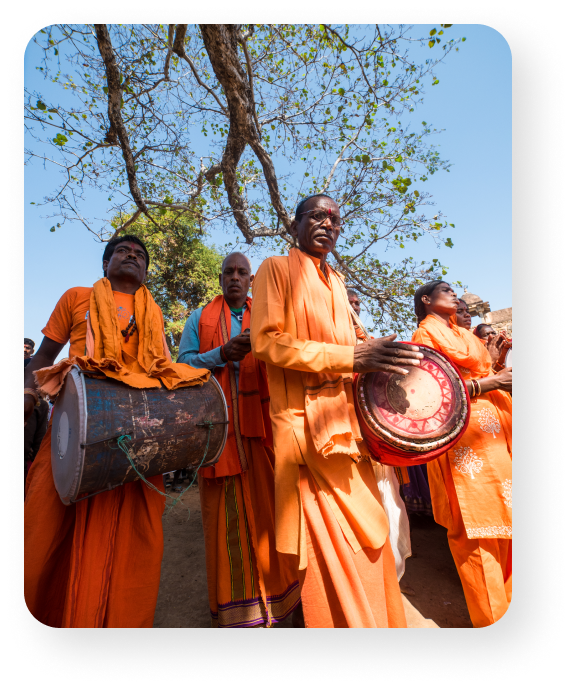How to reach Kaimur Wildlife Sanctuary, Rohtas Forest Division
Drive Route to Rohtas Forest Division Office.
From Banaras : 2 hr 54 min (126.6 km) via Grand Trunk Road
From Gaya : 2 hr 56 min (128.8 km) via Grand Trunk Rd From Patna : 3 hr 42 min (150.6 km) via Nh922Sasaram (SSM): 2 KM
Bhabhua ( BBU) : 62 KM
Dehri On Sone ( DOS) : 19 KM
Deen Dayal Upadhyay (DDU) : 100 KM
Patna (PNBE) : 150 KM
Banaras ( 122.9 km)
Gaya ( 128.8 km)
Patna ( 150.6 km)






